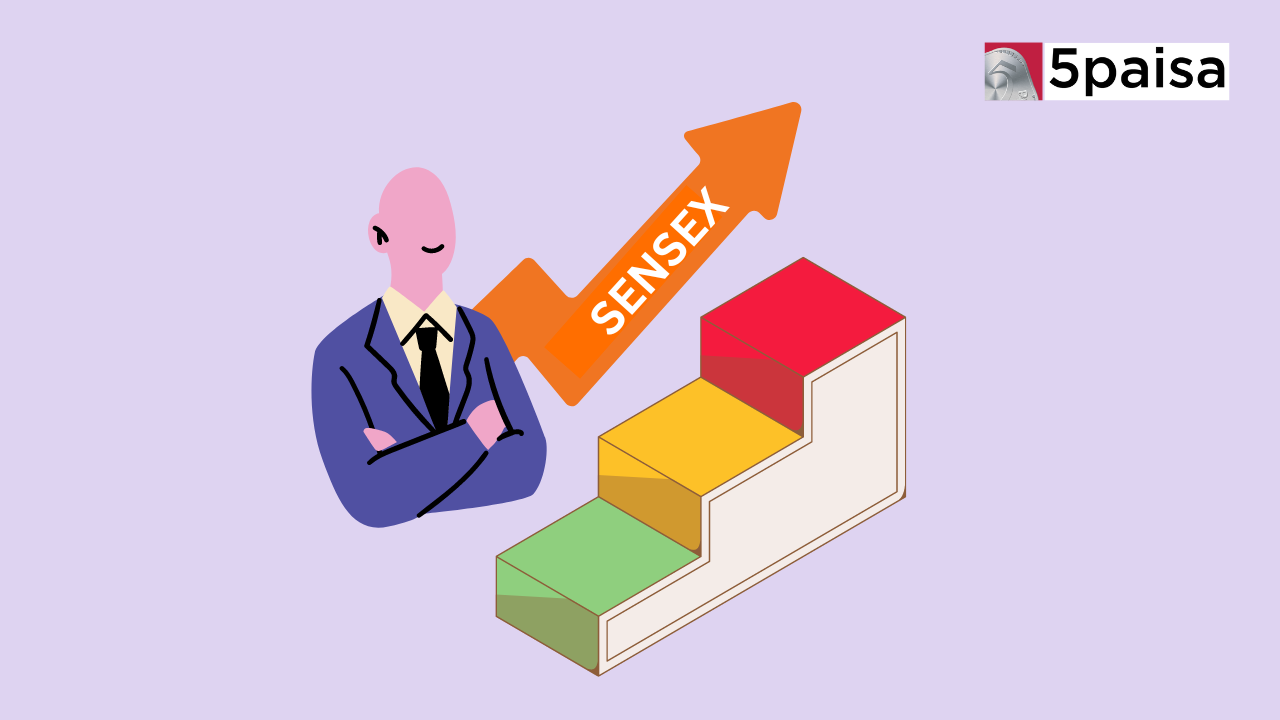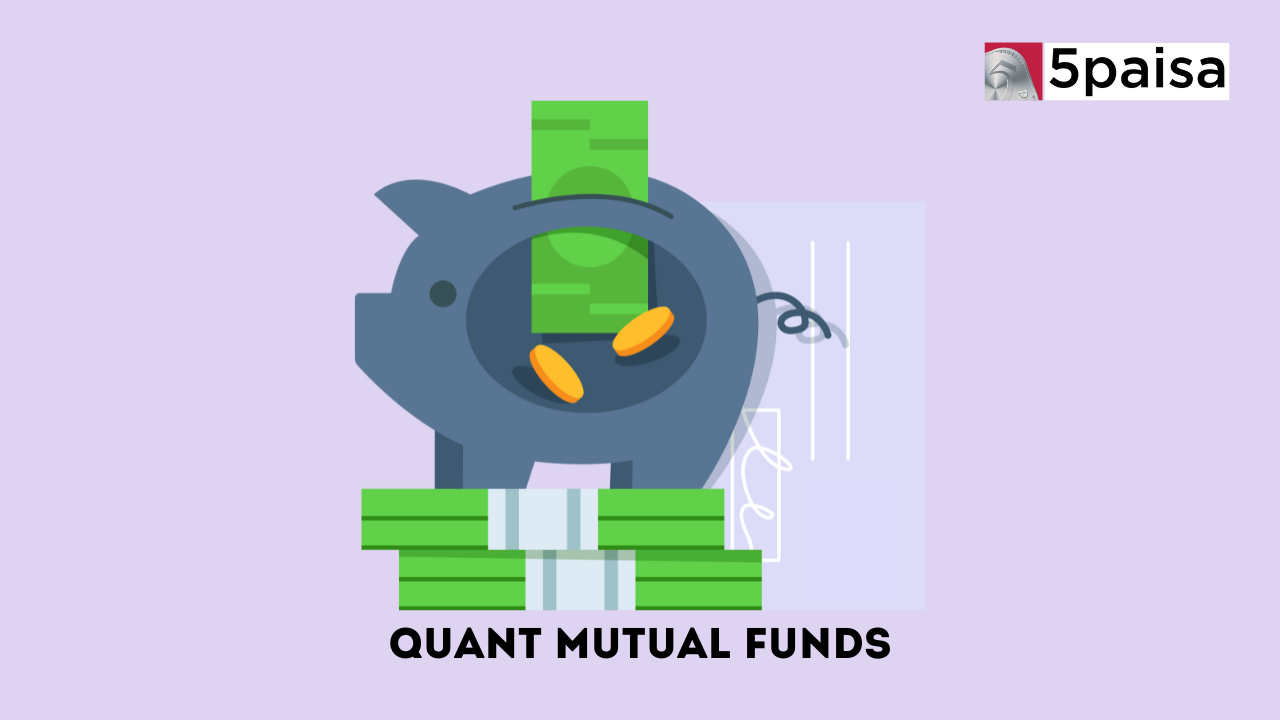List Of Maharatna Companies In India
Types of Investment in 2023

Last Updated: 7th September 2023 - 05:01 pm
An investment is defined as the act of putting capital to use today with the intent of increasing its value over time. The purpose of investing is to provide income and build wealth over time.
Any mechanism for producing potential future revenue might be referred to as an investment. Buying bonds, equities, or real estate property are a few examples of investments.
Investments can be made for short, medium or long terms, and the types of instruments should be chosen according to the time period. For instance, if one needs the money back within, say, one year, it may not be wise to invest in risky assets such as stocks or non-liquid assets such as real estate.
What are the types of investments?
The following are the most common types of investment avenues available in India:
Stocks
Stocks are a type of security that gives stockholders a share of ownership in a company. Stocks are also known as “equities.” The most prominent stock markets within India are the National Stock Exchange and the BSE, where most of the trading of shares takes place.
Investing in the share market means buying stocks of a company. To buy shares, one must first approach a SEBI-registered member, or broker, of a stock exchange. They must then open a Demat account, as it is mandatory to have one to hold the securities in electronic form.
Investing in stocks provides an opportunity for long-term wealth building, however, this needs to be done after much research and understanding as the returns can be very volatile due to the fact that markets are influenced by innumerable factors.
Certificate of Deposit
A certificate of deposit (CD) is a form of savings product in which interest is accumulated on a single amount of money for a defined period. It can be issued by any all-India financial institution or scheduled commercial bank. The RBI occasionally releases rules regarding certificates of deposit.
The CD denotes that deposited money is in a bank for a fixed period and that the bank will pay the investor interest on it based on the amount and duration of the deposit. The amount at payout is assured from the beginning.
However, it is a high-value investment and can only be issued for a minimum of Rs.1 lakh by a single issuer and in multiples of Rs.1 lakh. The maturity of a certificate of deposit depends on the investor.
Government Bonds
Government Bonds are fixed-income debt instruments that are issued by the central or state governments. Typically, the government issues these bonds to raise money for operational expenses, debt repayment, or the development of the nation's infrastructure. State development loans are the official name for state-issued government bonds.
Government bonds typically have a long-term maturity that might range from 2 to 40 years. The yield may also be a little lower if one is looking to buy Indian government bonds with a shorter term. For instance, the yield on a government bond with a 10-year term may be higher than the yield on a bond with a shorter term.
These relatively low-rise bonds are very suitable for cautious investors as the investments are made in government-backed securities so there is also capital protection.
One can buy government bonds through:
- Gilt Mutual Funds
- Direct Investment
- RBI Retail Direct
Real Estate/ REIT
Real estate is an age-old avenue for investment that involves purchasing land, residential, or commercial properties to allow your capital to grow over the years to get higher value at the time of sale or to generate regular rental income.
Another way of investing in real estate without actually owning the property is investing in Real Estate Investment Trusts (REITs), which are corporations that manage the portfolios of high-value real estate properties and mortgages.
They are similar to mutual funds, as they collect money from multiple investors and use the funds to purchase or invest in income-generating real estate properties. REITs manage these assets so that they can earn from capital appreciation and rental income.
Some REITs are listed and traded on stock exchanges, and investors can purchase units through a Demat account. Investors can also explore IPOs to make the most of new REIT launches.
Fixed Deposits
Fixed deposits, also known as FDs, are an investment option provided by banks and Non-Banking Finance Companies (NBFCs). When investing in FDs, one receives a fixed interest rate for a predetermined period of time.
FDs are seen as a safe form of investment as one is aware of the interest rate and the amount of money to be received at maturity also is known to the investor right from the beginning. Also, one has the choice of selecting an interest payment schedule as per need and convenience.
Types of Fixed Deposits in India
- Standard Fixed Deposits
- Tax Saving Fixed Deposits
- Cumulative FDs
- Non-cumulative FDs
- Senior citizen’s FD
- Flexi FDs
Mutual Funds
A mutual fund is a pool of money managed by a professional fund manager. This pooled money is then invested by the fund manager across various asset classes including equity, debt, gold, and other securities to generate returns.
Gains and losses from these investments are distributed among investors according to their respective investment shares.
An investor can profit from mutual funds in two different ways: either through the stock's price rising or through dividend income.
Companies that are licensed to set up mutual funds create Asset Management Companies (AMCs) or fund houses to collect and pool in the money from investors. They market mutual funds, manage investments, and enable investor transactions.
Mutual funds on the basis of structure
There are two kinds of mutual funds on the basis of their structure. Open-ended funds allow one to invest and redeem investments at any time and are perpetual in nature. On the other hand, close-ended schemes have a fixed maturity date and one can only invest at the time of the new fund offer and redemption can only be done on maturity.
Classification on the basis of asset classes
1) Equity Mutual Funds invest at least 65% of their assets in stocks of companies listed on the stock exchange. These include:
- Large-cap funds
- Mid-cap funds
- Small-cap funds
- Equity Linked Savings Scheme (ELSS)
- Multi-cap funds
- Flexi-cap funds
- International funds
- Index funds or ETFs
2) Debt Mutual Funds primarily invest in fixed-income instruments like Government securities, corporate bonds, and other debt instruments. Types of debt mutual funds include:
- Liquid funds
- Overnight funds
- Money Market funds
- Banking & PSU funds
- Corporate bond funds
- Glit funds
- Short, medium and long duration funds
3) Hybrid Mutual Funds invest in both equity and debt in varying proportions depending on the investment objective of the fund. Types of Hybrid Mutual Funds:
- Aggressive Hybrid Funds
- Conservative Hybrid Funds
- Balanced Advantage Funds, also known as dynamic asset allocation funds
Public Provident Fund (PPF)
Public provident funds, also known as PPFs, are a popular as a long-term investment option. They enable one to earn high but stable returns. This mode of investment is mandated by the government and is backed up with guaranteed returns to protect the financial needs of an individual.
A PPF account has a lock-in period of 15 years on investment, before which funds cannot be withdrawn completely. An investor can choose to extend this tenure by 5 years after the lock-in period is over if required. However, there are provisions to take up loans against the PPF.
A minimum of Rs. 500 and a maximum of Rs. 1.5 Lakh can be invested in a provident fund scheme annually.
National Pension System (NPS)
The National Pension System is a government-sponsored market-linked pension scheme account. Contributions made by individual subscribers to the NPS are accumulated until retirement and the corpus continues to grow through market-linked returns.
Subscribers also have the option to exit this plan before retirement or opt for superannuation. However, this scheme ensures that a part of savings is utilized to provide a subscriber with retirement benefits.
NPS offers two types of accounts: Tier-I, which has restricted withdrawals, and Tier-II, which offers liquidity of investments and withdrawals.
Unit Linked Insurance Plan (ULIP)
Unit Linked Insurance Plan, or ULIP, is an insurance product that combines insurance and investment benefits in a single plan. The investment component of ULIPs allows investors to invest money in the asset classes and funds of their choice – equity, debt, and balanced.
On surviving the term of the ULIP, the policyholder receives the maturity value and can use the money for various financial goals. In addition to this, the life insurance component of a ULIP offers a death benefit in the unfortunate event of the policyholder’s demise during the term.
In a ULIP plan, withdrawals can be made after the completion of the lock-in period of five years.
ULIP plans are eligible for deduction up to Rs 1.5 lakh per annum under Section 80C of the Income Tax Act, 1961. The maturity proceeds of the ULIP are also tax-free.
Sovereign Gold Bonds (SGBs)
Sovereign Gold Bonds are issued by the Reserve Bank of India on behalf of the Government of India, therefore, are one of the safest forms of investments available in India. Any risk associated with such investments can be attributed to market fluctuations, causing volatility in gold prices.
The capital appreciation of such bonds is linked to gold prices along with an additional interest of 2.50% per annum. It does not have the risk and the cost of storage applicable to physical gold.
Sovereign gold bonds are also exempt from capital gains tax, if they are held till maturity.
The tenure of the bond is for a period of 8 years with an exit option after the 5th year to be exercised on the interest payment date.
Gold Exchange-Traded Funds (ETFs)
A Gold Exchange-Traded Funds (ETF) track the price of domestic physical gold. They invest in gold bullion and are passive investment vehicles depending on gold prices.
Gold ETFs, in a nutshell, are securities that reflect physical gold, which may be in the form of paper or in a dematerialized form. One Gold ETF unit is equal to 1 gram of gold and is backed by physical gold of very high purity.
Therefore, Gold ETFs combine the flexibility of stock investment and the simplicity of gold investments.
Gold ETFs are listed and traded on the BSE and the National Stock Exchange of India, much like any other type of stock. Gold ETFs are traded on the cash market of the BSE and NSE, and can be bought and sold continuously at market prices.
Things to Bear in Mind While Investing
Investments are crucial to ensuring a secure a comfortable future for oneself and their families. However, if the investments are not made in a proper manner with the right purpose in mind, it can lead to loss in finances even jeopardise one’s financial future.
Have clarity on investment goal: To determine the kind of investment to make, one must have clarity on the purpose for which they are making the investment. If one needs quick money with high returns, the method of investment will be different from a more secure long-term investment.
Determine the period of investment: The returns on investment the will vary according to the tenure for which one wants to invest, whether they are long term or short term goals.
The returns on a high-risk short-term investment may be higher, however if one is looking at financial security after retirement or with long term goal, they may opt for a safer option, which might fetch a lower interest rate.
Evaluate risk tolerance: One must never make an investment that may be riskier than their risk tolerance level, as this may lead to financial loss rather than gain. An investor needs to carefully evaluate their financial situation and determine their amount of risk they can absorb on the investment.
Chart out asset allocation: It is wise not to put all of one’s invetsment product but one should spread out the risk. Having a variety of asset classes in one’s portfolio will ensure that the investments are well-protected at all times because different asset classes perform well at different times.
Research on the products to invest in: It is critical for one to research and be aware of all the pros and cons as well as the risks attached with any investment product before putting in the money. All financial agencies will try and lure the investor with various marketing tactics towards the instruments that bring them most gain. However, one must read the fine print of any investment opportunity to ensure that they are choosing an option best suited to them.
Conclusion
Investment is important to secure a comfortable and prosperous financial future and to ensure that their savings grow in line or are higher than the future cost of living. However, only good intention is not enough, one must have a clear objective for the investment and thereafter have clarity on the duration of the investment, and the financial tools that suit them best to get the best possible returns.
Trending on 5paisa
Discover more of what matters to you.
Indian Stock Market Related Articles
 Sachin Gupta
Sachin Gupta Ruchit Jain
Ruchit Jain Tanushree Jaiswal
Tanushree Jaiswal




